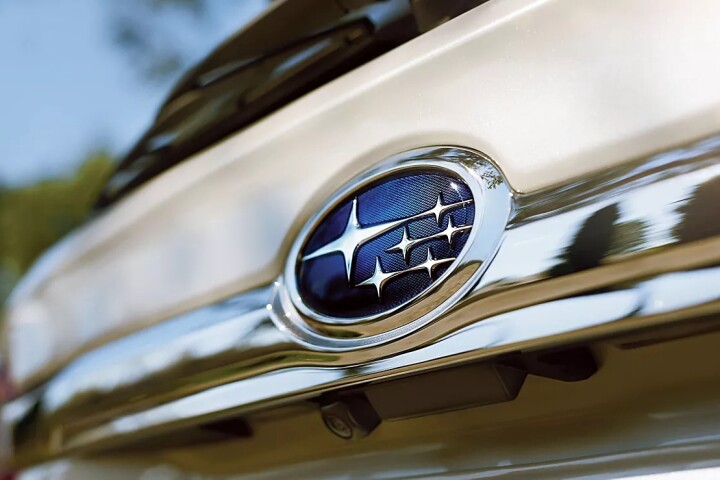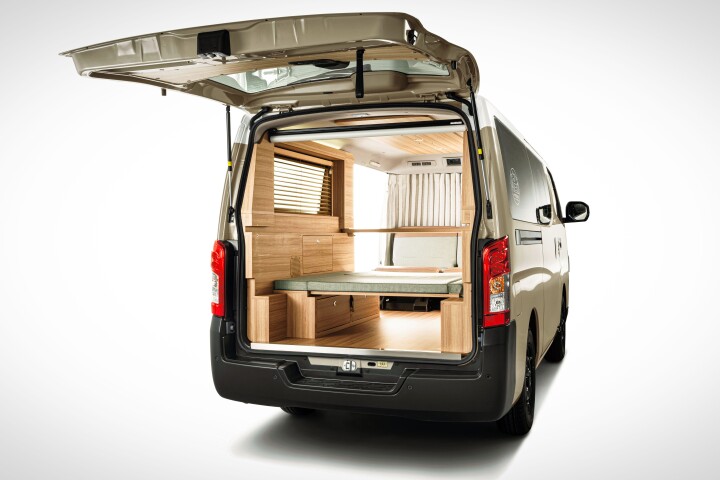Saab has unveiled its next-generation multi-role fighter. The Gripen E prototype 39-8 "Smart Fighter" is the latest product of the Swedish/Brazilian fighter program and is aimed at markets not cleared to purchase the Lockheed Martin F-35 Joint Strike Fighter. According to Saab, the single-seater E is a major advance over previous Gripens with greater range and endurance, as well as more advanced weaponry and electronic warfare capability.
The sixth variant of the Gripen line, the first of which entered active service in 1997, the Gripen E carries on with the basic design of a lightweight, agile multi-role fighter with a fast-turnaround time and the ability to operate from small airfields or even motorways. It's designed for low maintenance and a service life of 50 years. In addition, it has very flexible hardware and avionics, plus a large number of hardpoints designed to carry almost any weapon in the current inventory.
The Gripen E retains the delta wing and canard configuration and fly-by-wire flight avionics, but differs from previous versions in that it has more fuel capacity, a General Electric F414G jet engine for 20 percent more thrust, more pylons, and increased takeoff weight. It also has in-flight refueling capability and is NATO compatible.

At 15.2 M (50 ft) long and a wingspan of 8.6 m (28 ft), the Gripen E isn't very large, but it can manage a takeoff weight of 16,500 kg (36.376 lb). Its service ceiling is over 52,500 ft (16.000 m) and it can do Mach 2 (1,522 mph, 2,450 km/h) flat out. Turnaround time between missions is slated at ten minutes and the entire engine can be replaced in an hour.
Described by the company as a Network Centric fighter, the Gripen E has the Gripen data link system (TIDLS), and a Link 16 or National Data Link secure, multi-frequency data link system for total situational awareness and the ability to maintain two-way communications with other Gripen fighters and combat units.
There's also the Active Electronically Scanned Array (AESA) that uses an array of radars to track multiple targets individually, the IRST electro-optical system for tracking and locking onto hostiles passively, and a radar jamming system. In addition, the Radar Warning Receiver (RWR) can passively or actively warn of incoming missiles or enemy radar locks, while the Missile Approach Warning (MAW) system tracks incoming missiles.

"Nations need modern air defences to uphold national sovereignty," says Håkan Buskhe, President and CEO Saab. "Meanwhile, the cost in relation to other investments in society needs to be reasonable. Therefore, Saab has developed design and production methods for the Gripen E to both increase capability and to reduce costs."
Earlier Gripens are currently in service with the armed forces of Sweden, South Africa, the Czech Republic, Hungary, and Thailand. The Gripen is also used by the RAF's Empire Test Pilots' School for test pilot training. The first of the Gripen Es are expected to be delivered to Sweden and Brazil in 2019.
The video below shows the Gripen E taking on a hypothetical combat scenario.
Source: Saab














